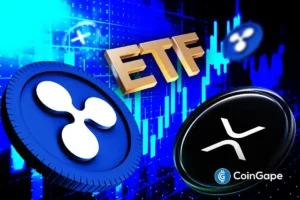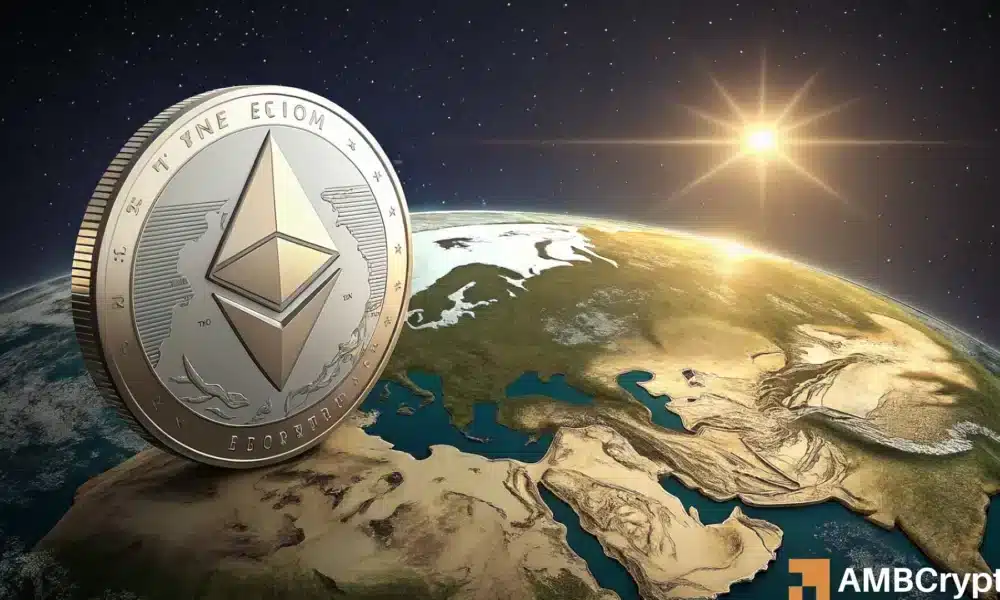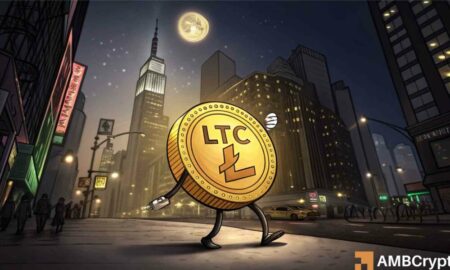Ethereum: The Emerging Reserve Currency and Its Market Dynamics
Introduction to Ethereum’s Role in the Financial Ecosystem
Ethereum (ETH) is rapidly evolving from merely a blockchain platform to a recognized reserve currency in the global financial ecosystem. Recent developments suggest that ETH-based stablecoins now boast a substantial valuation of $183 billion, branding them as the 22nd largest reserve globally. This achievement positions Ethereum ahead of notable economies such as Singapore, South Korea, and India in foreign exchange comparisons. With an increasing number of market participants recognizing ETH’s significance, this article delves into why ETH is being considered a reserve currency and its implications for the crypto market.
The Shift in Perception: ETH as a Reserve Denominator
The soaring valuation of ETH-based stablecoins elevates Ethereum’s status from a mere tech sector asset to a critical settlement layer with considerable monetary influence. As ETH gains traction in this new role, any breakout in its price could have macroeconomic ramifications. The transformation signifies a shift not just in wealth but in the power dynamics of global finance, establishing ETH as a legitimate player akin to traditional fiat currencies and creating new opportunities for investors.
Influential Traders and Market Sentiment
Amidst the backdrop of market discussion surrounding ETH’s momentum, a distinguished trader is making significant moves. Known for maintaining a flawless 100% win rate, this trader has accumulated a long position of 39,000 ETH, valued at $151 million with a 10x leverage, amidst a generally bearish sentiment. This strategic positioning indicates confidence in a forthcoming ETH rally, contrasting with the prevailing caution exhibited on platforms like Twitter. Such bold moves by high-profile traders can often signal underlying market trends just waiting to emerge.
The Role of Ethereum’s Stablecoin Stack
With ETH’s stablecoin stack now ranking as a formidable reserve, the comparison becomes particularly telling. It effectively highlights not only Ethereum’s growing stature but also its potential to revolutionize cross-border transactions. The valuation of ETH-based stablecoins supersedes many national reserves, marking a historical moment in the evolution of digital currencies. This newfound strength prompts conversations surrounding how ETH can leverage its position in securing a more substantial foothold in global finance.
The Influence of COIN’s Market Behavior
One interesting aspect yet to receive considerable attention is the correlated price behavior of COIN (Coinbase) and ETH. Recent trends show that COIN has a history of leading significant market breakouts, especially after periods of correction. Analysts have observed that when COIN reached new all-time highs, ETH often mirrored those movements closely. This relationship suggests that traders should monitor COIN’s performance closely, as it could serve as an early indicator for Ethereum’s next price movements, making it a vital aspect of trading strategies moving forward.
Conclusion: What Lies Ahead for Ethereum
As Ethereum continues to solidify its role as a reserve currency, the potential for future growth appears significant. The increasing value of ETH-based stablecoins marks a critical shift in the cryptocurrency landscape, challenging the traditional currency dynamics that have dominated for decades. With influential traders demonstrating confidence in ETH’s rebound potential and the interplay between COIN and ETH suggesting further price movements ahead, stakeholders need to remain vigilant. The trajectory of Ethereum holds remarkable promise, urging both investors and analysts to take note of its changing status in the broader financial framework.
















